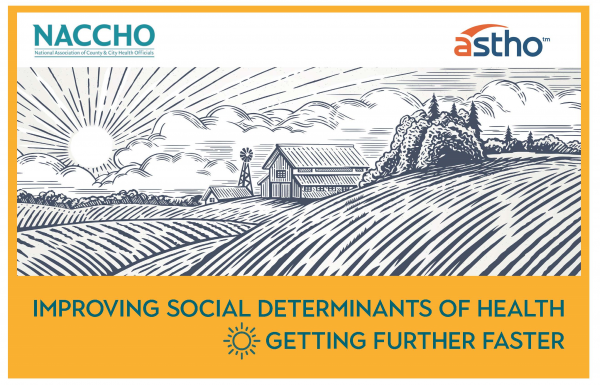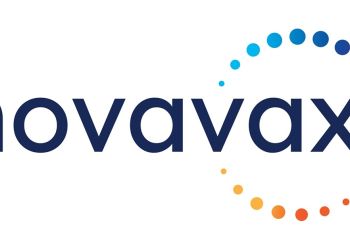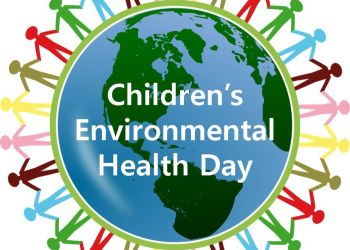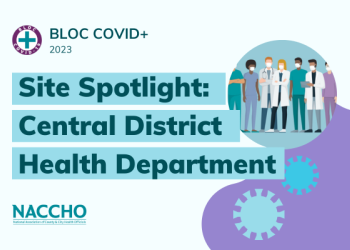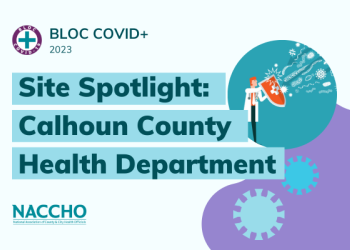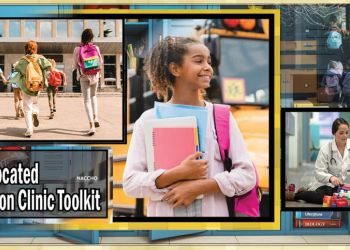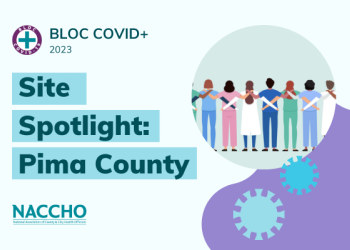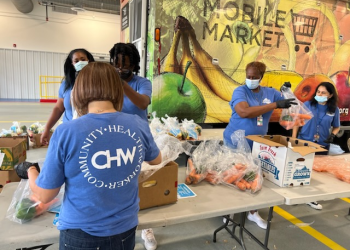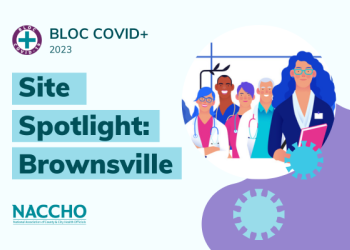“This project has provided NACCHO with valuable evidence and insights on how local and state initiatives can help to advance healthy equity through meaningful, scalable projects that encompass the built environment, food and nutrition insecurity, social connectedness, and tobacco-free policies, among others,” said NACCHO Chief Executive Officer Lori Tremmel Freeman.
Fourteen Sites Across the U.S. Will Participate in Year Two of the Initiative
Washington, DC, April 7, 2022 —The National Association of County and City Health Officials (NACCHO) and the Association of State and Territorial Health Officials (ASTHO) have selected 14 community multi-sector partnerships/coalitions across the country to receive $2.52 million in year two of the Improving Social Determinants of Health – Getting Further Faster pilot initiative. The sites will be awarded up to $180,000 each for project activities.
Selected community coalitions – most of which include local or state health department partners - have a demonstrated impact in advancing health equity by addressing social determinants of health (SDOH). The SDOH are conditions in the environments in which people are born, live, learn, work, play, worship, and age that affect a wide range of health, functioning, and quality-of-life outcomes and risks. As in year one of the initiative, year two grant recipients will participate in a deeper dive national retrospective evaluation to further build the evidence-base on successful coalition-led SDOH strategies.
The year two funded coalitions will participate in a series of evaluation, training, and technical assistance activities designed to inform the development of promising practices for improving health outcomes and health equity by addressing the five Getting Further Faster SDOH domains: Built Environment, Community-Clinical Linkages; Food Insecurity, Social Connectedness; and Tobacco-Free Policy. Funded communities will be expected to participate in a more focused evaluation effort that will build on the prior year’s work. The year two evaluation will take a deeper dive on topics including the cost and sustainability of the partnerships’ SDOH initiatives, the specific roles health departments play in supporting partnerships’ SDOH work, collaboration with clinical delivery systems, and the role partnerships play in helping to build community resilience. The evidence generated by these efforts could help inform SDOH activities in communities across the country.
“This project has provided NACCHO with valuable evidence and insights on how local and state initiatives can help to advance healthy equity through meaningful, scalable projects that encompass the built environment, food and nutrition insecurity, social connectedness, and tobacco-free policies, among others,” said NACCHO Chief Executive Officer Lori Tremmel Freeman. “We appreciate the ongoing partnership with ASTHO and the CDC as we to continue these efforts and build a platform to share and adopt best practices across the county.”
“ASTHO has learned a great deal from this project about how states can work with the local level to support health equity efforts and the important policy interventions that are necessary to address the social determinants of health and long-standing, structural inequities,” said ASTHO Chief Medical Officer Dr. Marcus Plescia. “We look forward to partnering with NACCHO and the CDC to continue this crucial work.”
Complementary technical assistance will also be provided to the selected coalitions to support their program evaluation, communications, partnership development, health equity, and sustainability efforts related to employing SDOH approaches to improving chronic disease.
Selected partnerships/coalitions and lead organizations include:
- Access Health Stark County, Inc. – Canton, OH
- San Francisco Dept. of Public Health, San Francisco, CA
- Upper Midlands Rural Health Network, Lancaster, SC
- Living Well Center of Excellence, MAC Inc., Salisbury, MD
- Housing Helpers, Inc., Cook County, IL
- Health Promotion Council, Philadelphia, PA
- Wilderness Louisville, Inc., Louisville, KY
- The Community Builders, Cincinnati, OH
- Reading Hospital, Reading, PA
- Atlanta Regional Collaborative for Health Improvement (ARCHI), Atlanta, GA
- Presbyterian Healthcare Services, Albuquerque, NM
- Allegheny County Health Department, Pittsburgh, PA
- BPSOS Center for Community Advancement, Orange County, CA
- Council of Peoples Organization, New York, NY
The link to the evaluation report from Year one can be accessed on CDC’s website here and here.
CDC’s National Center for Chronic Disease Prevention and Health Promotion awarded funds for this pilot project through the Strengthening Public Health Systems and Services Through National Partnerships (CDC-RFA-OT18-1802) cooperative agreement. The purposes of the cooperative agreement are to strengthen the nation’s public health infrastructure; ensure a competent, current, and connected public health system; and improve the delivery of the 10 essential public health services.
# # #
About ASTHO
The Association of State and Territorial Health Officials (ASTHO) is the national nonprofit organization representing public health agencies in the United States, the U.S. Territories, and the District of Columbia, and over 100,000 public health professionals these agencies employ. ASTHO members, the chief health officials of these jurisdictions, formulate and influence sound public health policy and ensure excellence in state-based public health practice. ASTHO’s primary function is to track, evaluate, and advise members on the impact and formation of public or private health policy which may affect them and to provide them with guidance and technical assistance on improving the nation’s health. For more information, please visit www.astho.org
About NACCHO
The National Association of County and City Health Officials (NACCHO) represents the nation’s nearly 3,000 local health departments. These city, county, metropolitan, district, and tribal departments work every day to protect and promote health and well-being for all people in their communities. For more information about NACCHO, please visit www.naccho.org.
